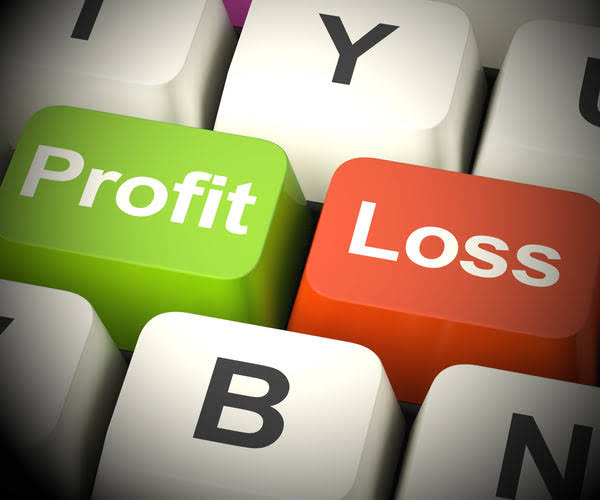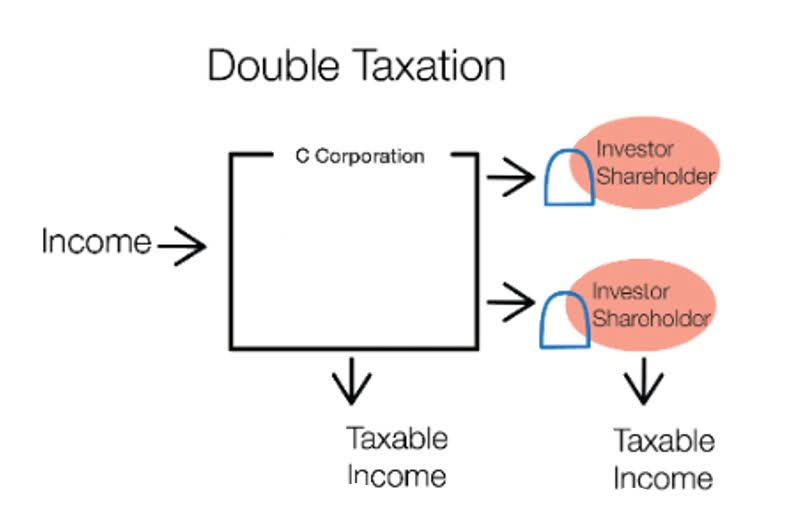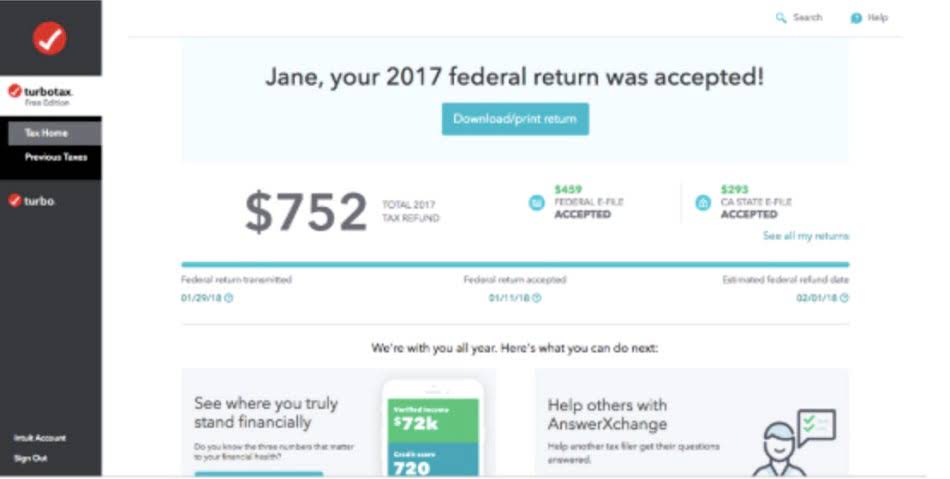Stepping into the vibrant world of casino games can be both exciting and overwhelming for beginners. With a dazzling array of options—from slots to table games—new players often find themselves wondering where to start. Understanding the basics can transform the experience from daunting to delightful, making it essential to know which games are best suited for newcomers.
This guide aims to simplify the decision-making process, highlighting games that offer a blend of fun and accessibility. Whether someone is drawn to the spinning reels of slots or the strategic allure of blackjack, there’s something for everyone. For those exploring online platforms, understanding the benefits of playing at an incognito casino can be a useful first step. With the right approach, beginners can confidently dive into the thrilling atmosphere of casinos and discover their favorites.
Types of Casino Games
Players can choose from a range of engaging games that cater to different preferences and skill levels. Here’s an overview of the major categories of casino games available.
Table Games
Table games offer a blend of strategy and luck, attracting players who enjoy skillful play. Popular options include blackjack, poker, and roulette. Blackjack involves players aiming to get a hand value as close to 21 as possible without going over. Poker features various formats like Texas Hold’em and Omaha, where players beat opponents with the best hand. Roulette centers on betting on numbers or colors, with a spinning wheel determining the outcome. Each game follows specific rules, allowing players to learn strategies that enhance their chances of success. At venues like Rich Moose Casino, these classic games are not only featured prominently but are also hosted in vibrant, competitive settings that appeal to both novices and seasoned players alike.
Slot Machines
Slot machines provide a straightforward gaming experience, appealing to those new to casinos. Players insert currency, spin the reels, and hope for matching symbols to line up. Many machines feature various themes, from classic fruit symbols to contemporary movie titles, catering to diverse interests. Progressive jackpots create excitement by offering larger potential payouts that grow over time. With easy-to-understand gameplay and colorful graphics, slots attract a wide range of players seeking fun and entertainment.
Live Dealer Games
Live dealer games combine the comforts of home with the thrill of a casino atmosphere. Players interact with real dealers via video streams, creating a more immersive experience. Popular live games include blackjack, baccarat, and roulette, allowing players to participate in real-time. The social interaction and authenticity of these games enhance the overall enjoyment. Players can chat with dealers and other participants while placing bets, creating a captivating gaming atmosphere that mimics the energy of a physical casino.
Choosing the Right Game for You
Selecting the right casino game involves understanding the mechanics and aligning choices with personal preferences. Beginners benefit from familiarizing themselves with game structures, as this knowledge enhances enjoyment and helps in making informed decisions.
Understanding Game Mechanics
Understanding game mechanics is crucial for a satisfying experience. Many games operate on random number generators, affecting outcomes in slot machines and table games. For instance, slots revolve around spinning reels and matching symbols, while table games often involve rules that dictate when to hit, stand, or fold. Players should start with simpler games to grasp the fundamentals before delving into those requiring strategy and skill. Knowing the betting limits is also vital, as it guides budget management and risk tolerance, promoting responsible gaming.
Identifying Your Preferences
Identifying personal preferences can significantly impact game selection. Some players may enjoy fast-paced, straightforward gameplay found in slot machines, which offer a range of themes and jackpots. Others may find satisfaction in the strategic aspects of table games like blackjack or poker, where skill and decision-making are pivotal. Live dealer games appeal to individuals seeking social interaction and a feeling of being on a real casino floor. Players should explore different game types to determine which align with their enjoyment and comfort levels.
Basic Strategies for Beginners
Understanding basic strategies is crucial for new players looking to navigate the casino landscape. Fundamental tactics can enhance enjoyment and potentially increase winning chances when playing various games.
Bankroll Management
Effective bankroll management allows players to control their spending and prolong their gaming experience. Setting a budget before entering the casino helps establish limits on losses and prevents overindulgence. Players can decide on an amount to spend and avoid any temptation to dip into savings or use credit. It’s vital to allocate a specific portion for each game, ensuring that funds last throughout the session. Sticking to the budget means playing only within set limits, making the experience enjoyable without financial strain. Additionally, players should avoid high-stakes games until they feel more confident in their skills and understanding of game mechanics.
Game-Specific Tips
Different games require distinct approaches to succeed. In blackjack, learning basic strategies, such as knowing when to hit or stand, helps new players make informed decisions. For poker enthusiasts, familiarizing themselves with hand rankings and observing opponents’ behaviors is key to enhancing gameplay. In slot machines, understanding paylines and betting strategies can maximize potential returns. Players should also consider the return-to-player (RTP) percentages, as higher RTP games tend to offer better odds. Engaging with live dealer games can provide unique advantages; players can interact with dealers and ask questions for clarification. Tailoring strategies to specific games allows newcomers to optimize their approach and improve their overall experience.
Common Mistakes to Avoid
Beginners often make several common mistakes that can hinder their overall gaming experience. Awareness of these pitfalls can lead to more enjoyable and potentially profitable sessions.
Overlooking Game Rules
Not understanding the rules of a game can lead to unexpected losses. Each game has its own set of guidelines that dictate how it operates, from betting options to winning conditions. Ignoring or rushing through the rules can result in misplayed hands or wasted bets. Familiarizing oneself with these rules before playing can clarify strategies and enhance decision-making. Many online platforms offer tutorials or free versions of games to help players gain confidence. Engaging with these resources allows for a deeper grasp of game mechanics, ultimately leading to a better playing experience.
Chasing Losses
Trying to recover lost money often results in deeper losses. Many newcomers feel the urge to bet larger amounts after experiencing a setback, believing it will quickly make up for lost funds. This approach can spiral into a cycle of frustration and financial strain. Setting limits on losses helps maintain control and promotes responsible gaming. The Lower-Risk Gambling Guidelines recommend strategies such as gambling no more than 1% of household income per month, limiting gambling to no more than four days per month, and avoiding regular participation in more than two types of gambling activities. Accepting losses as part of the experience can foster a more measured approach to play. Establishing a clear budget and adhering to it creates a safety net, allowing players to enjoy their time without undue pressure to win back previous losses.
Conclusion
Embarking on a casino journey can be thrilling for beginners. By understanding the different types of games available and aligning choices with personal preferences, new players can enhance their experience. It’s essential to start with simpler games to build confidence and grasp the fundamentals.
Effective bankroll management and setting limits are crucial for a sustainable gaming experience. By avoiding common pitfalls and focusing on enjoyment, beginners can navigate the casino landscape with ease. Ultimately, finding the right game can lead to memorable moments and potential success at the tables or machines.











